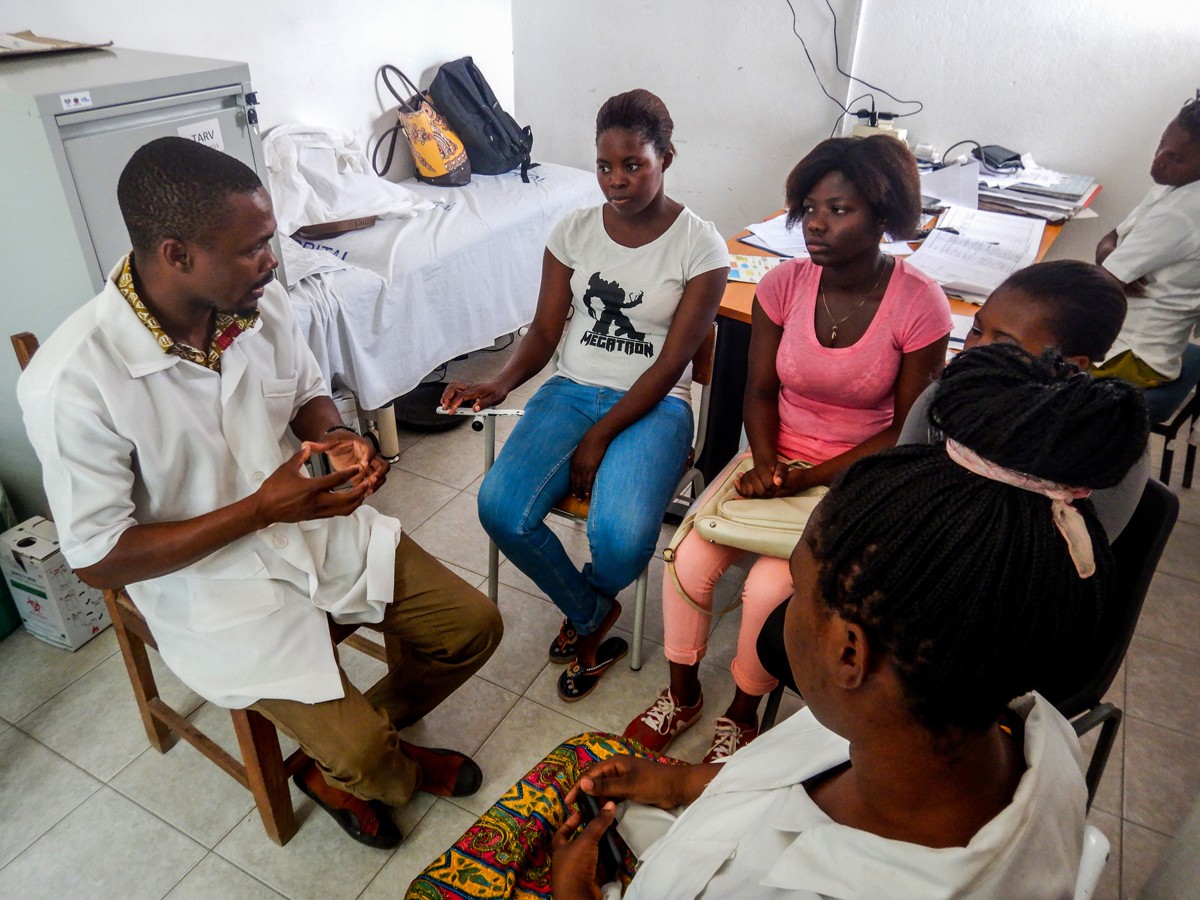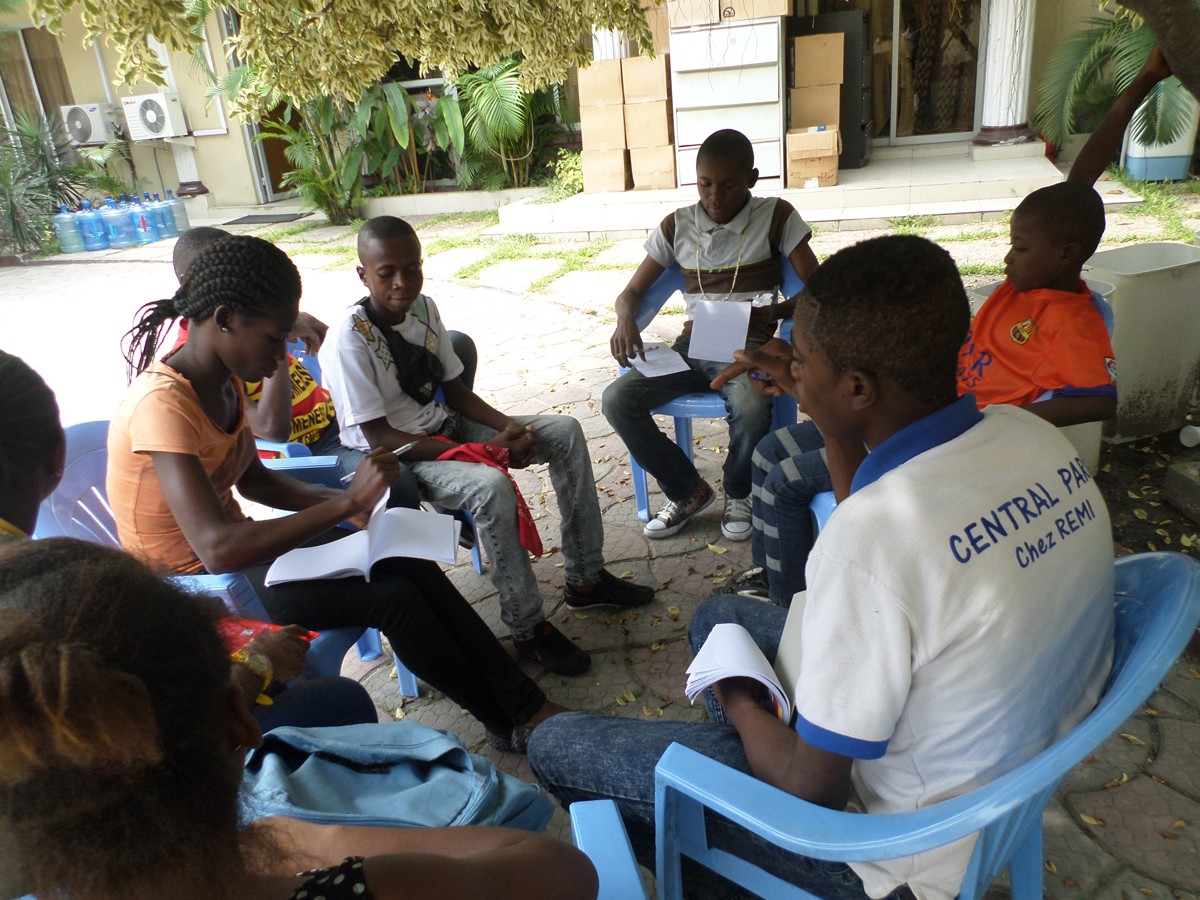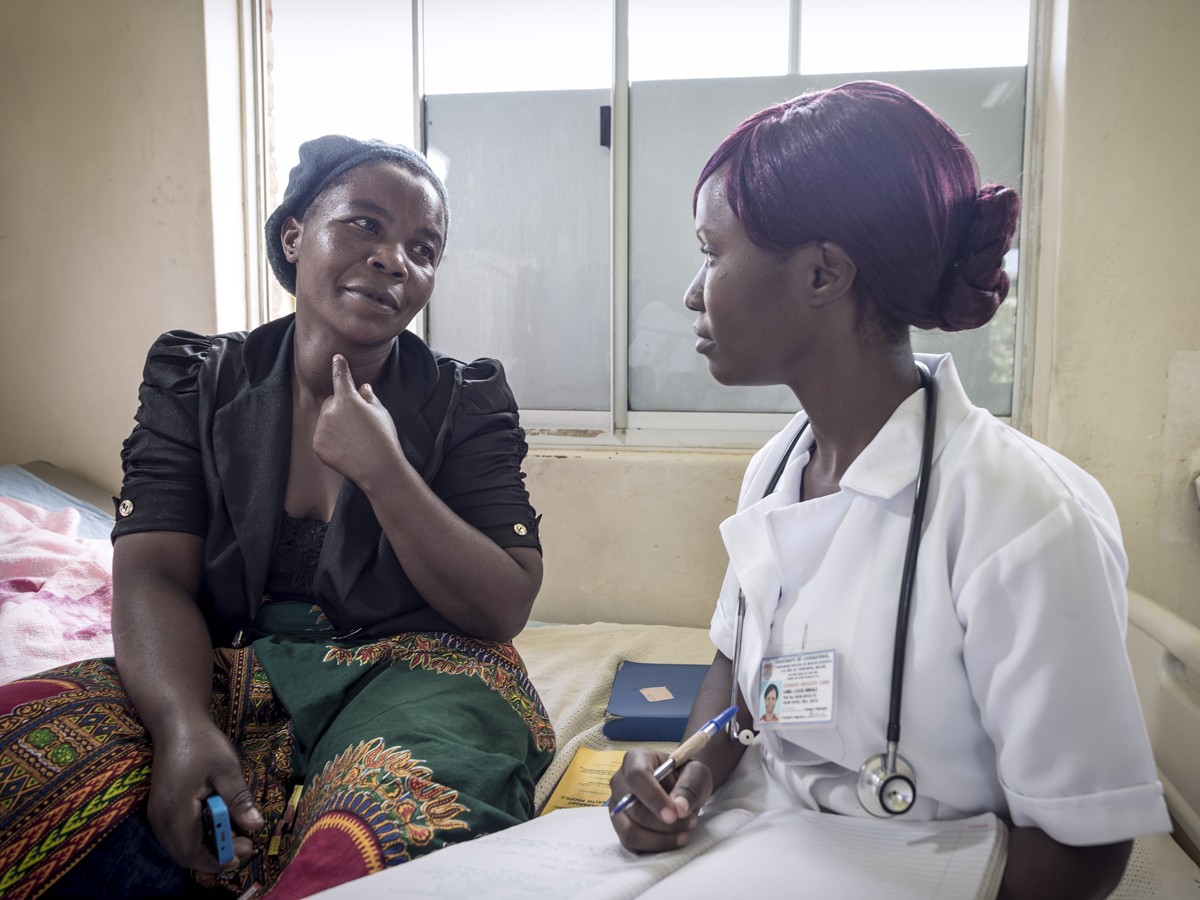Authors:
Abstract:
Background: The COVID-19 pandemic is one of the most devastating public health emergencies of international concern to have occurred in the past century. To ensure a safe, scalable, and sustainable response, it is imperative to understand the burden of disease, epidemiological trends, and responses to activities that have already been implemented. We aimed to analyze how COVID-19 tests, cases, and deaths varied by time and region in the general population and healthcare workers (HCWs) in Ethiopia.
Methods: COVID-19 data were captured between October 01, 2021, and September 30, 2022, in 64 systematically selected health facilities throughout Ethiopia. The number of health facilities included in the study was proportionally allocated to the regional states of Ethiopia. Data were captured by standardized tools and formats. Analysis of COVID-19 testing performed, cases detected, and deaths registered by region and time was carried out.
Results: We analyzed 215,024 individuals’ data that were captured through COVID-19 surveillance in Ethiopia. Of the 215,024 total tests, 18,964 COVID-19 cases (8.8%, 95% CI: 8.7%- 9.0%) were identified and 534 (2.8%, 95% CI: 2.6%- 3.1%) were deceased. The positivity rate ranged from 1% in the Afar region to 15% in the Sidama region. Eight (1.2%, 95% CI: 0.4%- 2.0%) HCWs died out of 664 infected HCWs, of which 81.5% were from Addis Ababa. Three waves of outbreaks were detected during the analysis period, with the highest positivity rate of 35% during the Omicron period and the highest rate of ICU beds and mechanical ventilators (38%) occupied by COVID-19 patients during the Delta period.
Conclusions: The temporal and regional variations in COVID-19 cases and deaths in Ethiopia underscore the need for concerted efforts to address the disparities in the COVID-19 surveillance and response system. These lessons should be critically considered during the integration of the COVID-19 surveillance system into the routine surveillance system.








